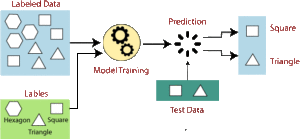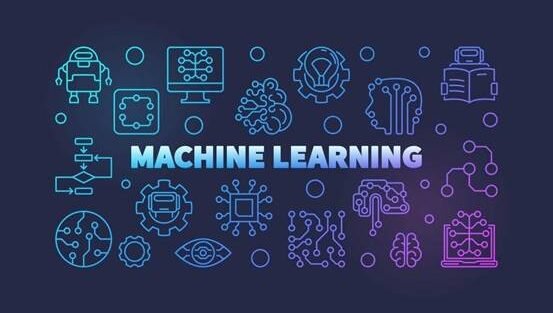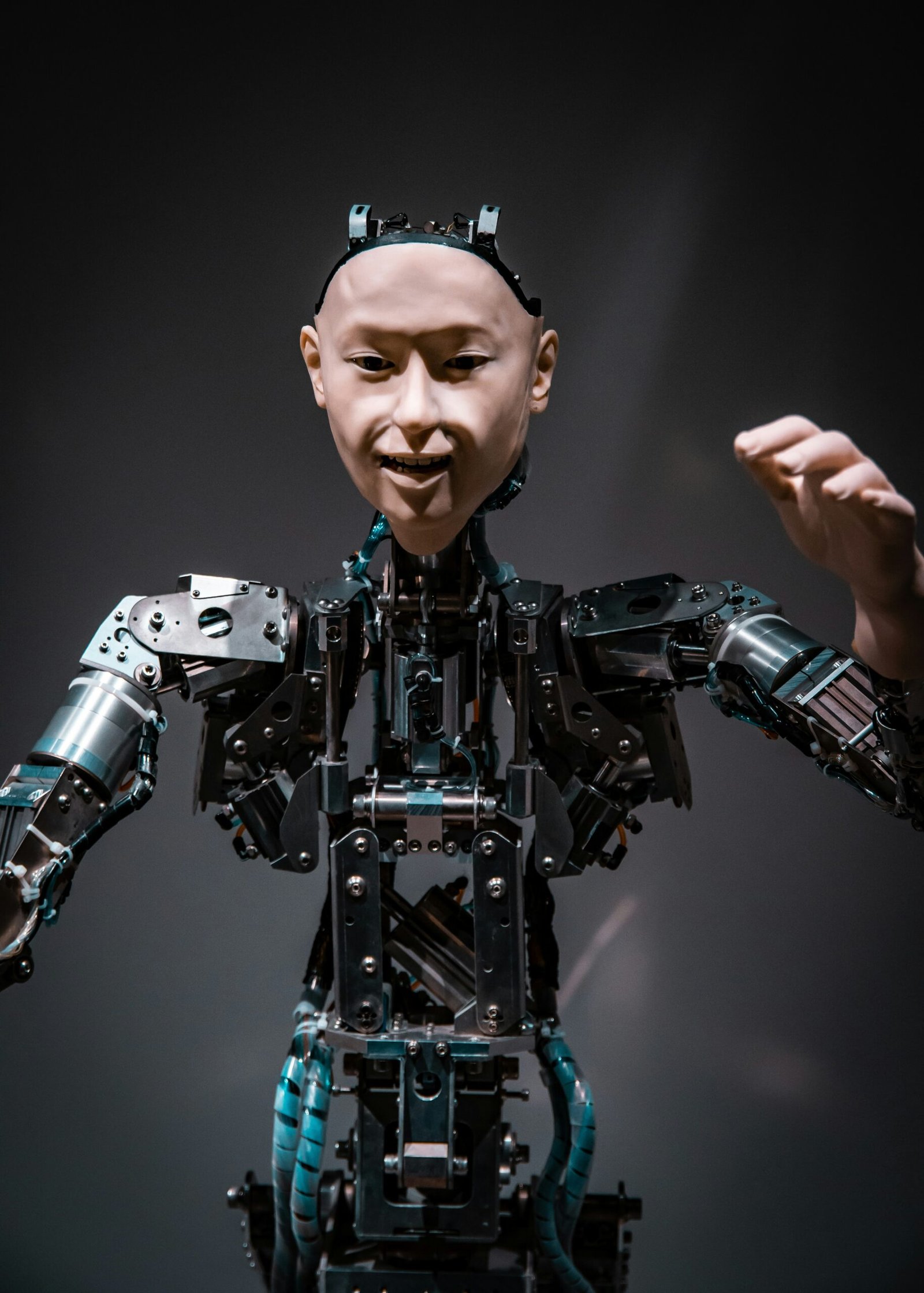Introduction
With the arrival of machine learning, computers are capable of learning from data to provide accurate predictions that often exceed human performance. At the heart of machine learning is the construction and deployment of prediction models based on the patterns discovered from large datasets. This article explores the underlying concept of pattern recognition and machine learning that make it possible for machines to excel at making predictions.
What is Machine Learning?
Machine learning involves developing algorithms and models that train a computer to identify patterns and derive an understanding or conclusion without being explicitly given rules to follow. It enables a system to automatically analyze and interpret data, handle and optimize processes, and improve performance over experience.
One broad application is automating repetitive tasks by training a model to carry out precise activities such as language processing and image recognition. A more complex application is analyzing consumer sentiments, behaviors, and feedback to understand customer preferences and improve satisfaction, as well as to drive data-driven decision-making for business growth.
The Power of Machine Learning in Prediction
The predictive prowess of pattern recognition and machine learning is evident across various sectors. By sifting through extensive datasets, it identifies patterns and connections that often elude human detection. In healthcare, machine learning models pinpoint disease risks accurately, leveraging lifestyle data. The financial industry benefits from forecasts on stock prices and economic trends, while marketing strategies are refined through insights into consumer preferences and behaviors. The scope of machine learning predictions continues to widen with the advent of new algorithms and methodologies, dependent on the quality of the underlying data.
Key Machine Learning Patterns for Accurate Predictions:
Supervised Learning
Supervised learning stands out in “pattern recognition and machine learning” for its efficacy in prediction. This approach trains models with labeled data, allowing for accurate forecasts for new, unseen data. It shines in regression and classification tasks, making it a cornerstone of predictive modeling.

Unsupervised Learning
Unsupervised learning, another vital pattern, excels in discovering latent patterns within unlabeled data. It’s instrumental in customer segmentation, anomaly detection, and crafting recommender systems, showcasing its versatility in pattern recognition and machine learning.

Reinforcement Learning
In reinforcement learning, an agent optimizes decisions through interaction with its environment, a testament to the dynamic nature of pattern recognition and machine learning. Its applications, from gaming to autonomous navigation, highlight its role in integrating predictions with actions.
Deep Learning and Neural Networks
Deep learning, under the umbrella of pattern recognition and machine learning, is renowned for its capability to decipher complex data patterns through neural networks. It’s the go-to methodology for tasks requiring nuanced predictions, such as sentiment analysis, NLP, and image or speech recognition.
The Importance of Machine Learning Prediction
The predictive analytics facet of machine learning enables businesses to foresee future events based on historical data. This foresight supports strategic decision-making, optimizing business outcomes. From customer churn prediction to supply chain management, predictive analytics enhances operational efficiency and customer engagement.
Enhancing Decision-Making with Machine Learning Pattern
Pattern recognition and machine learning offer a repertoire of patterns for enhanced decision-making:
- Predictive Analytics: Enables forecasting of trends and behaviors, fostering proactive strategy development.
- Customer Segmentation: Enhances product and marketing alignment with customer needs, bolstering satisfaction.
- Fraud Detection: Identifies fraudulent activities, safeguarding financial assets.
- Supply Chain Optimization: Streamlines logistics, reducing costs and improving service delivery.
- Sentiment Analysis: Monitors and responds to customer feedback, reinforcing brand loyalty.
- Churn Prediction: Detects and mitigates factors leading to customer attrition, improving retention strategies.
- Investment and Risk Management: Guides investment decisions through market trend analysis, maximizing returns.
Conclusion
The structured application of pattern recognition and machine learning offers a robust framework for generating accurate predictions across diverse fields. From supervised and unsupervised learning to deep learning and reinforcement learning, each pattern unlocks unique insights and solutions. Embracing these patterns not only reveals the potential of machine learning for predictive accuracy but also fosters innovation and strategic decision-making across myriad industries.


